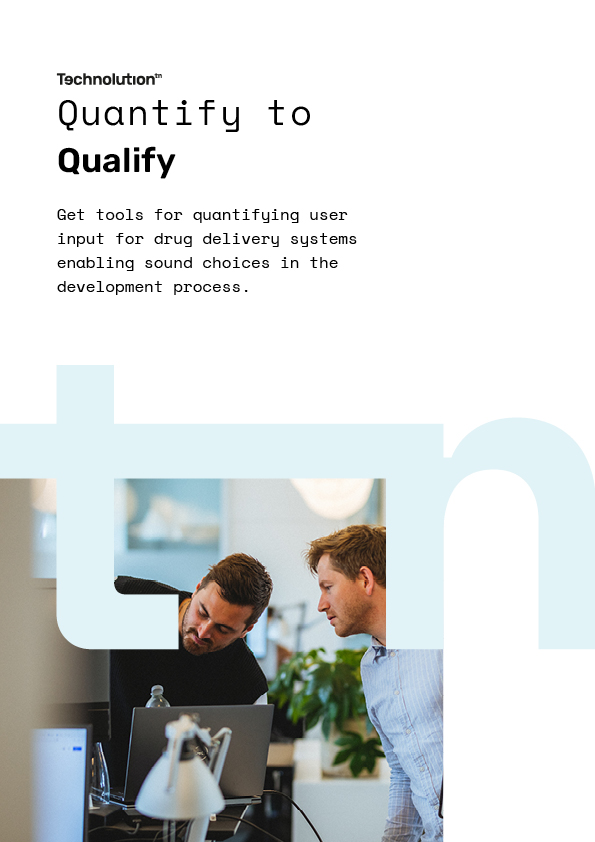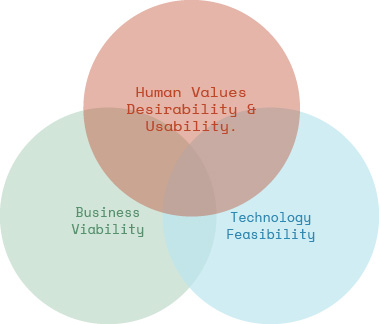news from fda
Application of Human Factors Engineering Principles for Combination Products
— Questions and Answers Guidance for Industry and FDA Staff.
In September, 2023, FDA released their guidance ‘Application of Human Factors Engineering Principles for Combination Products: Questions and Answers’.
This guidance finalizes the February 2016 draft version entitled ‘Human Factors Studies and Related Clinical Study Considerations in Combination Product Design and Development’. It specifies FDA’s expectations for certain aspects specifically related to human factors engineering for combination products such as identification of critical tasks, considerations for combination products due to the use of drug and device constituent parts together, and training as part of the user interface just to name a few.
In addition to that, a total of 15 questions and answers are listed aiming to provide clarity through practical examples.
Guidance Highlights
The 2016 FDA guidance: Applying Human Factors and Usability Engineering to Medical Devices [1] reflects HFE principles that are also applicable to the combination product as a whole. However, there are two unique definitions for combination products:
Final finished combination product
The product intended for market and submitted in the marketing application. That includes the user interface for the combination product (.e.g., proposed packaging, labels and labeling, and training, if applicable)
Combination product critical task
– Similar to the definition of critical tasks in the 2016 draft guidance [2], “a combination product critical task is a user task which, if performed incorrectly or not performed at all, would or could cause harm to the patient or user, where harm is defined to include compromised medical care.” Compromised medical care includes consideration of medication errors. This definition is different from the definition in Applying Human Factors and Usability Engineering to Medical Devices [1] due to the unique use-related risks associated with the combination product as a whole that do not exist for the device constituent parts alone or the drug alone. FDA is particularly interested in the assessment of tasks that directly:
- Impact dosing (e.g., overdose, underdose, or missed dose), including those that may lead to lack of treatment response.
- Impact administration of the product (e.g., wrong site of administration, improper preparation of drug/biologic before administration)
- Have the potential to result in harm (e.g., physical injury, adverse events, events that may need patient monitoring to confirm no harm, or events that may lead to hospitalization)
For time-sensitive or time-urgent products (e.g., emergency-use autoinjector), most or all tasks are likely critical tasks.
– Drug properties can affect users’ interactions and need to be considered when identifying, evaluating, and managing the use-related risks for the combination product. There may be use-related risks associated with the combination product as a whole that do not exist for the device alone or the drug alone. (e.g. high drug viscosity could increase injection delivery time)
– A comprehensive URRA (use-related risk analysis) should be used in the identification of combination product critical tasks. The Agency recommends to submit it as a separate risk analysis and not as a part of the full engineering risk analysis. When modifying combination products, URRA should include all aspects of the combination product to be modified and all elements of the combination product that may be affected by these modifications.
– Consider using HF actual-use validation study (patients receiving actual medical care) for cases when simulated-use test methods are otherwise inadequate to evaluate users’ interactions with the final finished combination product. Note that HF actual-use validation studies should not be confused with other clinical studies with broader scopes.
Links and references:
- [1]Applying Human Factors and Usability Engineering for Medical Devices
- [2]Human Factors Studies and Related Clinical Study Considerations in Combination Product Design and Development
- [3]Application of Human Factors Engineering Principles to Combination Products - Questions and Answers
- [4]Combination Products - Guidance Documents
- [5]Safety Considerations for Product Design to Minimize Medication Errors - Guidance for Industry
- [6]Contents of a Complete Submission for Threshold Analyses and Human Factors Submissions for Drug and Biologic Products
The 15 questions answered in the guidance are:
- Q-1. What guidance is available for medication error considerations to inform the design of a combination product?
- Q-2. Could a drug’s properties affect how a user interacts with a combination product that includes that drug?
- Q-3. How do the general definitions in the guidance for industry and FDA staff Applying Human Factors and Usability Engineering to Medical Devices apply to a combination product?
- Q-4. What is the definition of a final finished combination product?
- Q-5. What is the definition of a combination product critical task and how are combination product critical tasks identified?
- Q-6. How does FDA evaluate HF validation study results?
- Q-7. Is there a difference between the use-related risk analysis (URRA) to support the user interface and other types of risk analysis?
- Q-8. What considerations may apply for training as part of the user interface for combination products?
- Q-9. What is the difference between an HF actual-use validation study and an actual use/clinical home-use study?
- Q-10. Are there any considerations for formative HF evaluation protocols or formative HF study results?
- Q-11. What HF information and/or data should be provided to support initiating clinical investigations for a combination product?
- Q-12. Does FDA expect the HF validation study that supports market authorization to be conducted at a certain development phase of the combination product?
- Q-13. What HFE principles should be considered when modifying a combination product?
- Q-14. What are FDA review processes for combination product draft HF validation study protocols and draft labeling?
- Q-15. How do I obtain information from and provide information to FDA on my combination product HF program?
WANT TO talk?
Let's get in touch
Our Senior Human Factors Specialist, Morten, is looking forward to discuss the impact of this guidance. Send him a note or give him a call. He is looking forward to hear from you.

Want to know more?
Insights you might also be interested in:

Quantify to Qualify
Get tools for quantifying user
input for drug delivery systems
enabling sound choices in the
development process.

How an FDA pre-submission enhances your usability engineering process
Discover the advantages of incorporating FDA pre-submission insights into your usability engineering process for streamlined success.

How not to be part of the 80% of product innovations that fail
It’s not just about having a great idea but also about balancing desirability, feasibility, and viability.